Barberton’s rare blooms: endemic plants of the De Kaap Valley.
From the rare Barberton sugarbush to the vibrant Barberton daisy, the De Kaap Valley is home to plants rarely found elsewhere on Earth.
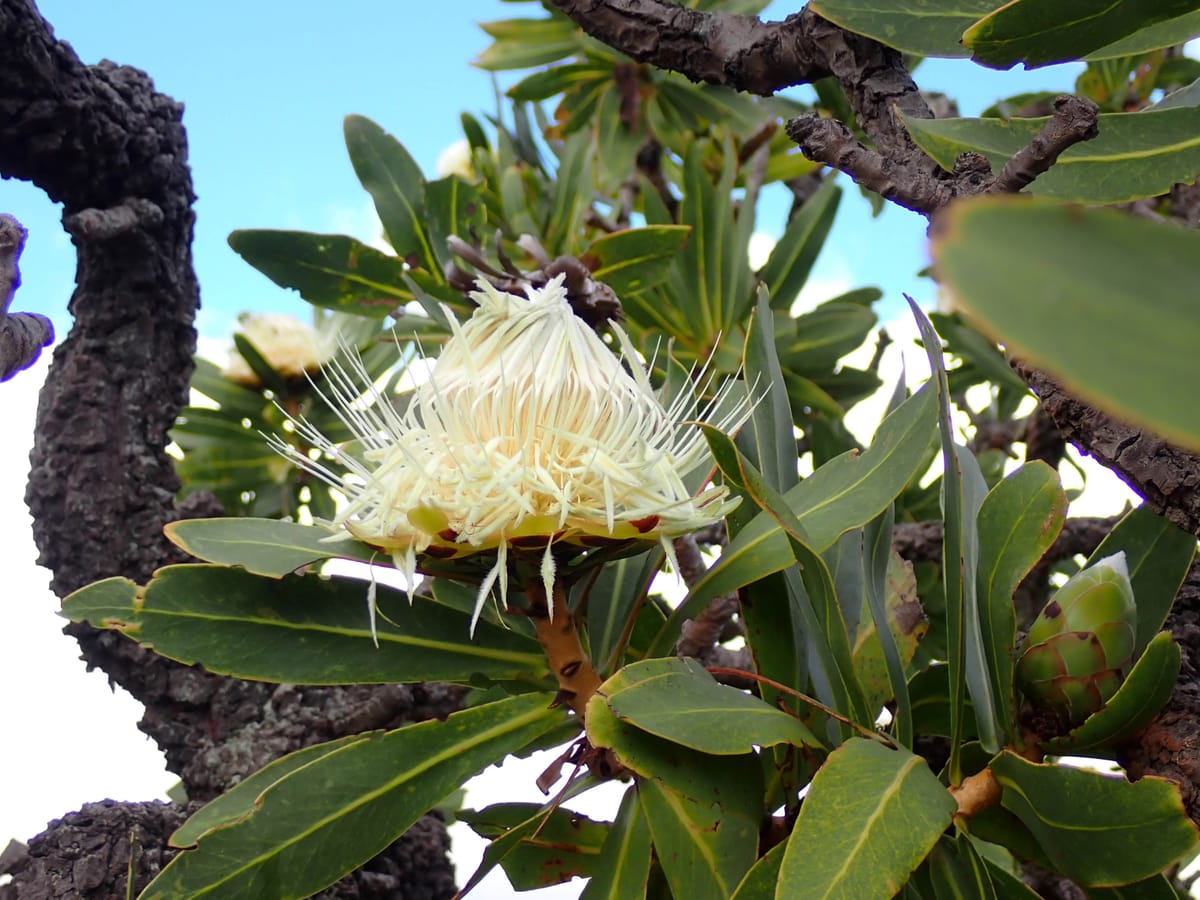

The Barberton area, cradled within the ancient Makhonjwa Mountains, is renowned for its gold rush history, but its true treasures may be far older and far more delicate. Our slopes, valleys, and misty ridges shelter plant species found almost nowhere else on Earth, making the region a botanical jewel in South Africa’s crown.
Hidden among the rocky slopes and rugged peaks of the De Kaap valley lie two botanical treasures found almost nowhere else on Earth - Protea curvata and Protea comptonii.
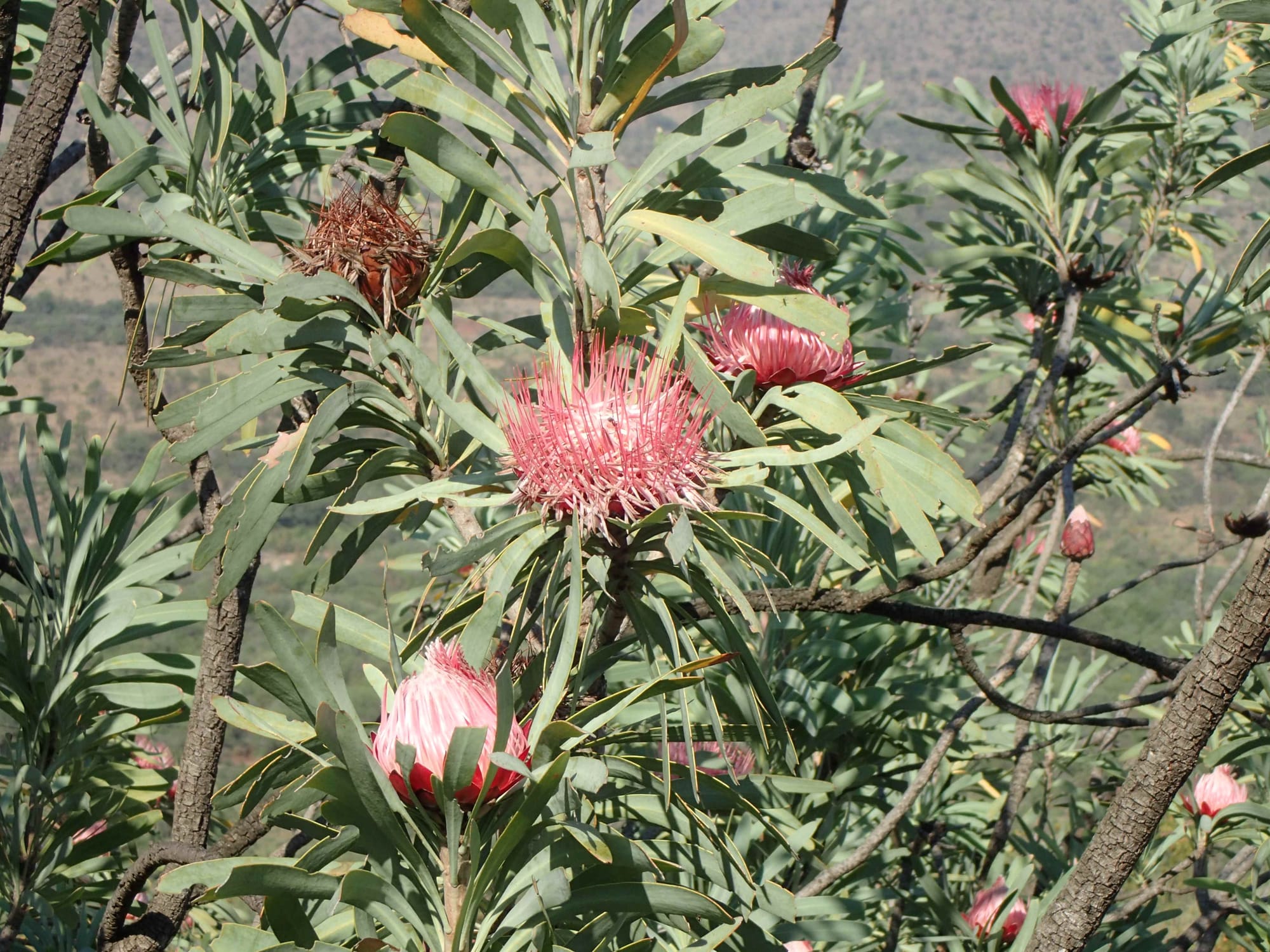
Protea curvata, also known as the Barberton sugarbush or serpentine sugarbush, graces the few rocky outcrops of the Barberton mountains with its stunning deep-pink flower heads. Its range is incredibly narrow, confined to parts of the De Kaap area, making it one of South Africa’s most localized and vulnerable species.
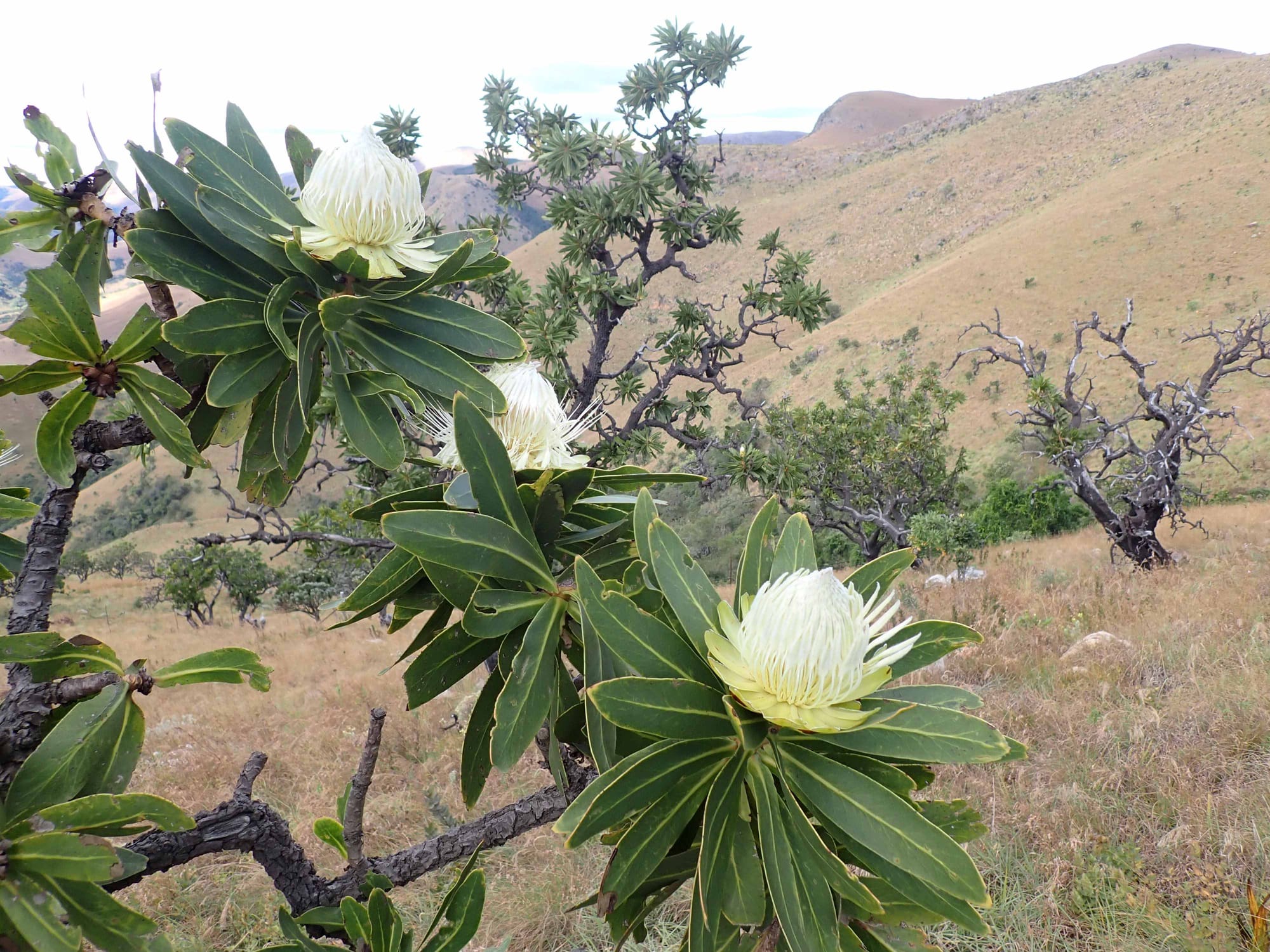
Equally captivating is Protea comptonii, often referred to as the mountain or Saddleback sugarbush. It thrives in the high-altitude grasslands of the Barberton region and surrounding Songimvelo-Mountainlands. Its scattered, fragile populations are legally protected due to their small numbers and susceptibility to habitat threats.
Both species face serious pressure from afforestation, invasive alien plants, and mining activities. They are listed as vulnerable on the SANBI Red List, emphasizing the urgent need to preserve their delicate habitats
These proteas are part of Barberton’s unique natural heritage, living symbols of our region’s evolutionary distinctiveness.
Besides the proteas the region’s unique geology and climate have given rise to a remarkable variety of endemic plants:

- Barberton Daisy (Gerbera jamesonii)
The fiery blooms of this daisy are instantly recognisable and have made their way into gardens worldwide. Native to the Barberton area, it’s so emblematic that it appears on the Mpumalanga provincial coat of arms.
- Barberton Groundsel (Senecio barbertonicus)
This hardy succulent shrub bursts into fragrant golden-yellow flowers in winter, attracting clouds of butterflies and brightening the dry season.
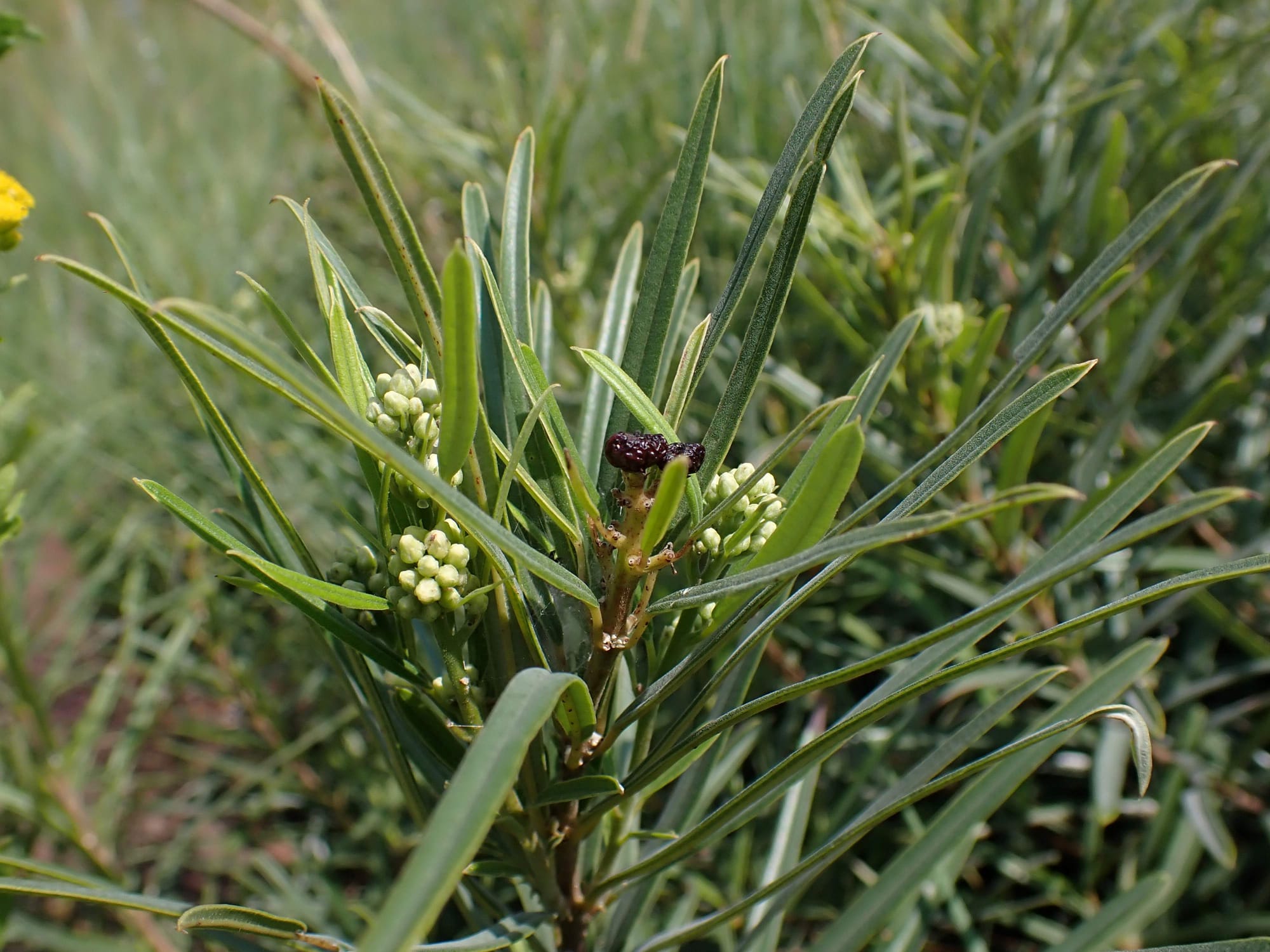
- Barberton Ozoroa (Ozoroa barbertonensis)
A vulnerable evergreen shrub that clings to rocky serpentinite slopes in a very limited range around Barberton. Its survival is closely tied to careful habitat management.
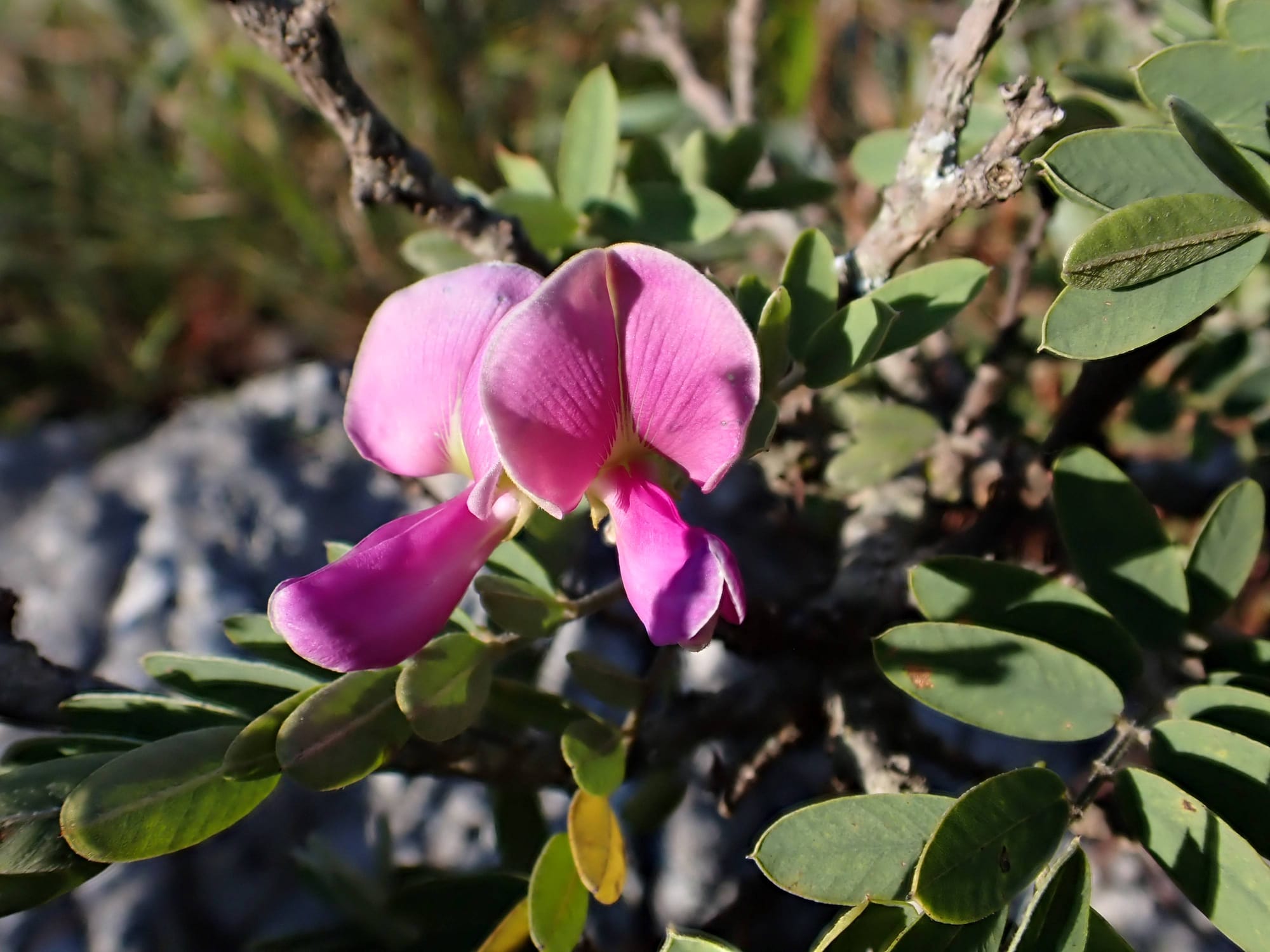
- Tephrosia monticola
A recently described small tree or tall shrub, discovered in the mountains between Barberton and Eswatini. Its magenta blooms are a reminder that new botanical discoveries are still being made here.
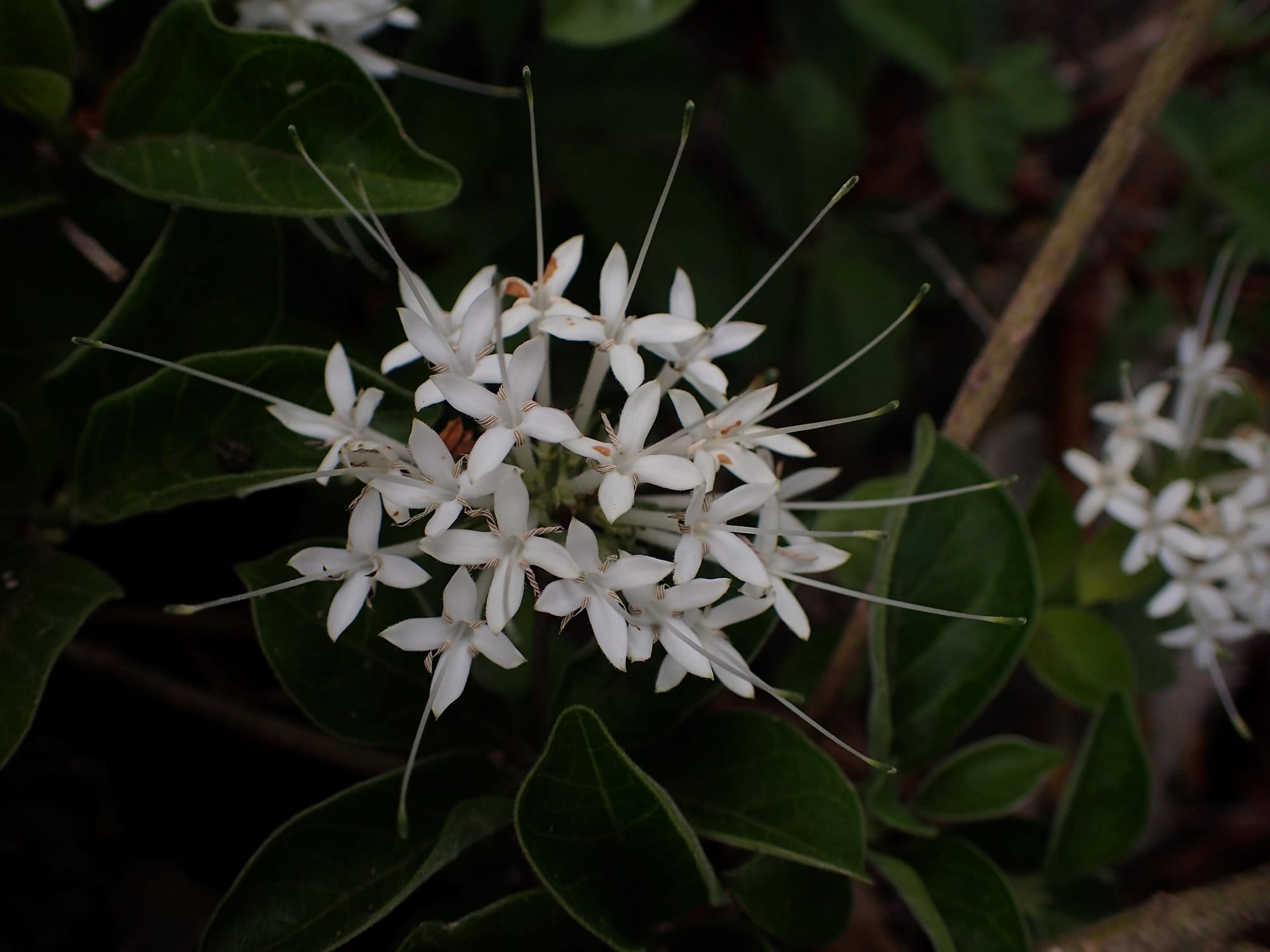
- Mist-belt Forest Endemics
In the cooler, mist-shrouded forests of the high slopes, rare species such as Pavetta barbertonensis find refuge. These pockets of forest are biodiversity hotspots and vital for preserving our natural heritage

- Aloe thorncroftii
This hardy, stemless aloe is native to the rocky grasslands and slopes of Mpumalanga and Swaziland. It forms dense clumps of narrow, upright leaves with small marginal teeth and produces striking red to orange flowers in branched racemes during winter, attracting sunbirds and insects. This species is well adapted to poor, stony soils and seasonal drought, making it ideal for rock gardens and water-wise landscaping.
These plants are not just beautiful, they serve a purpose and matters since they are threads in the intricate ecological fabric of our valley. They support specialised pollinators, stabilise soils, and help define the character of our landscape. Once lost, they cannot be replaced.
Their beauty and rarity make them ideal ambassadors for environmental awareness and guided eco-tourism in our region.
As residents and visitors, we have a shared responsibility to safeguard these species. That means resisting the temptation to pick them, supporting local conservation initiatives, and raising awareness of their value.


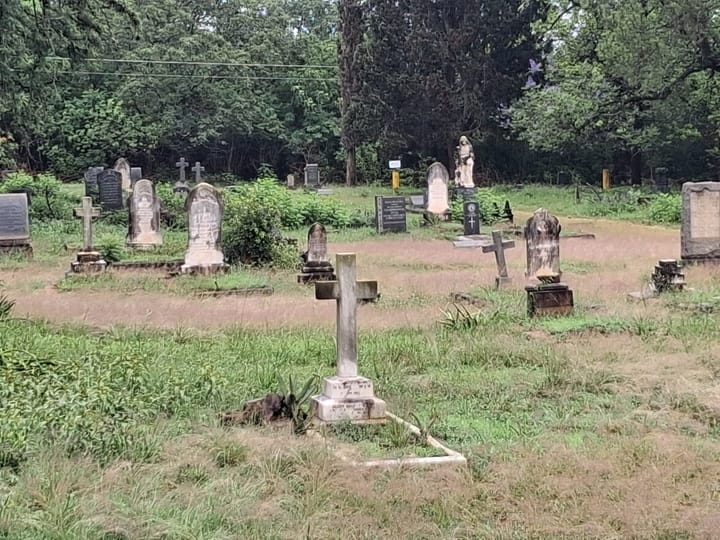


Comments ()